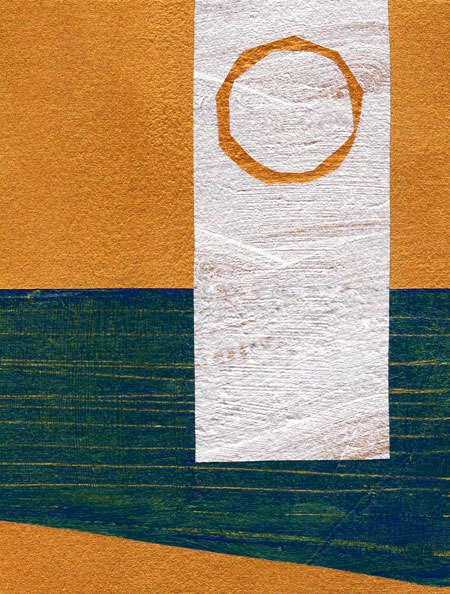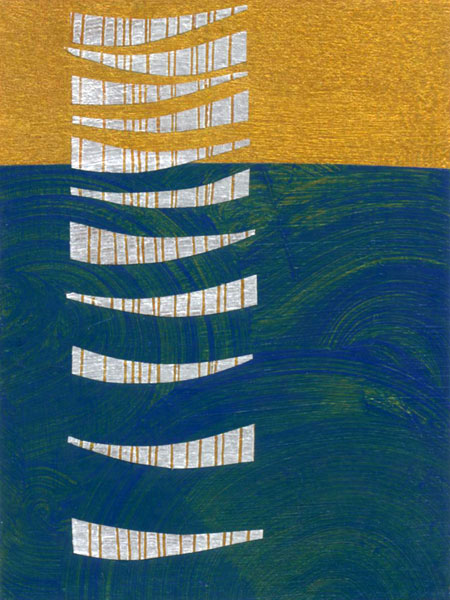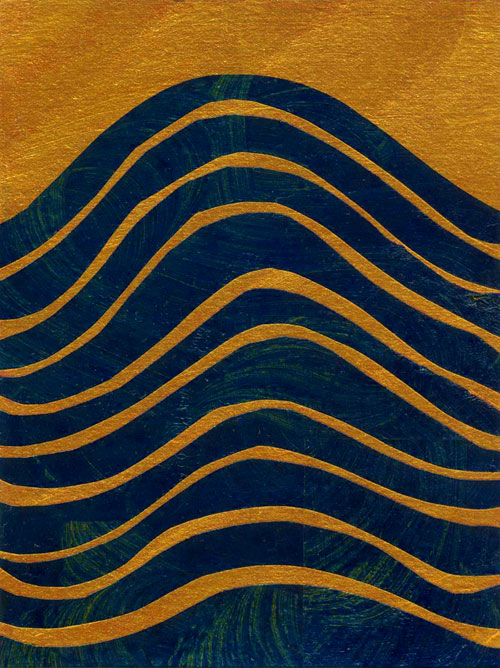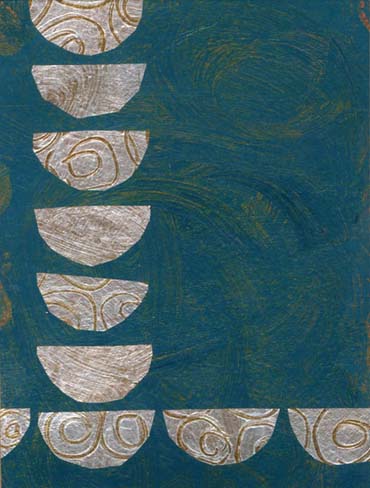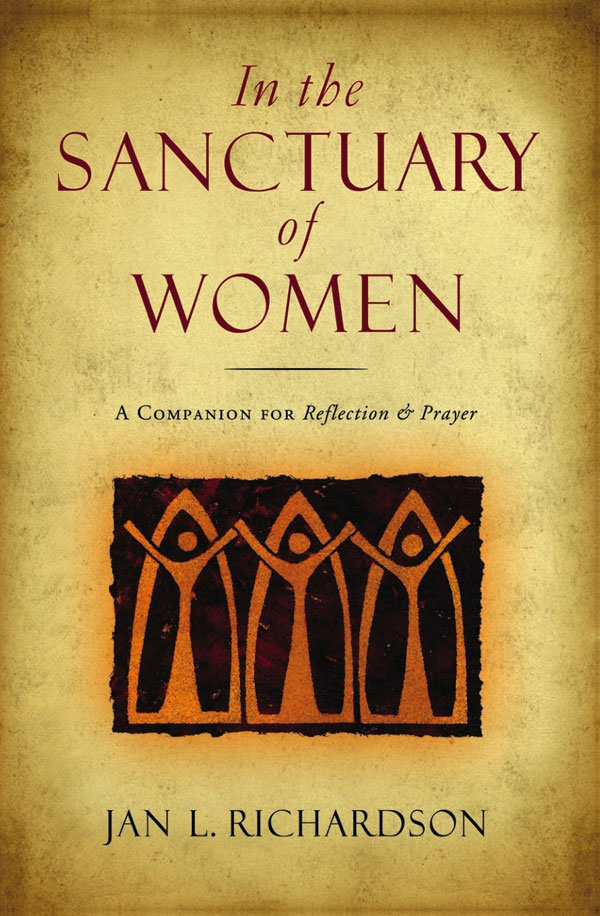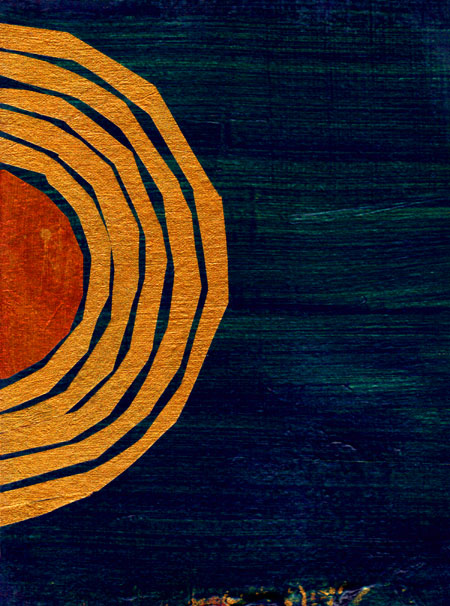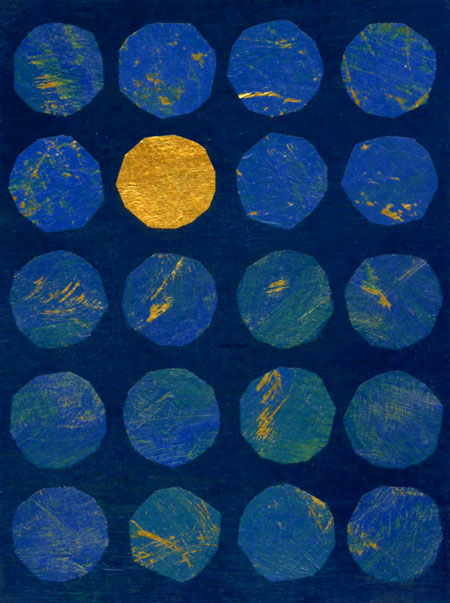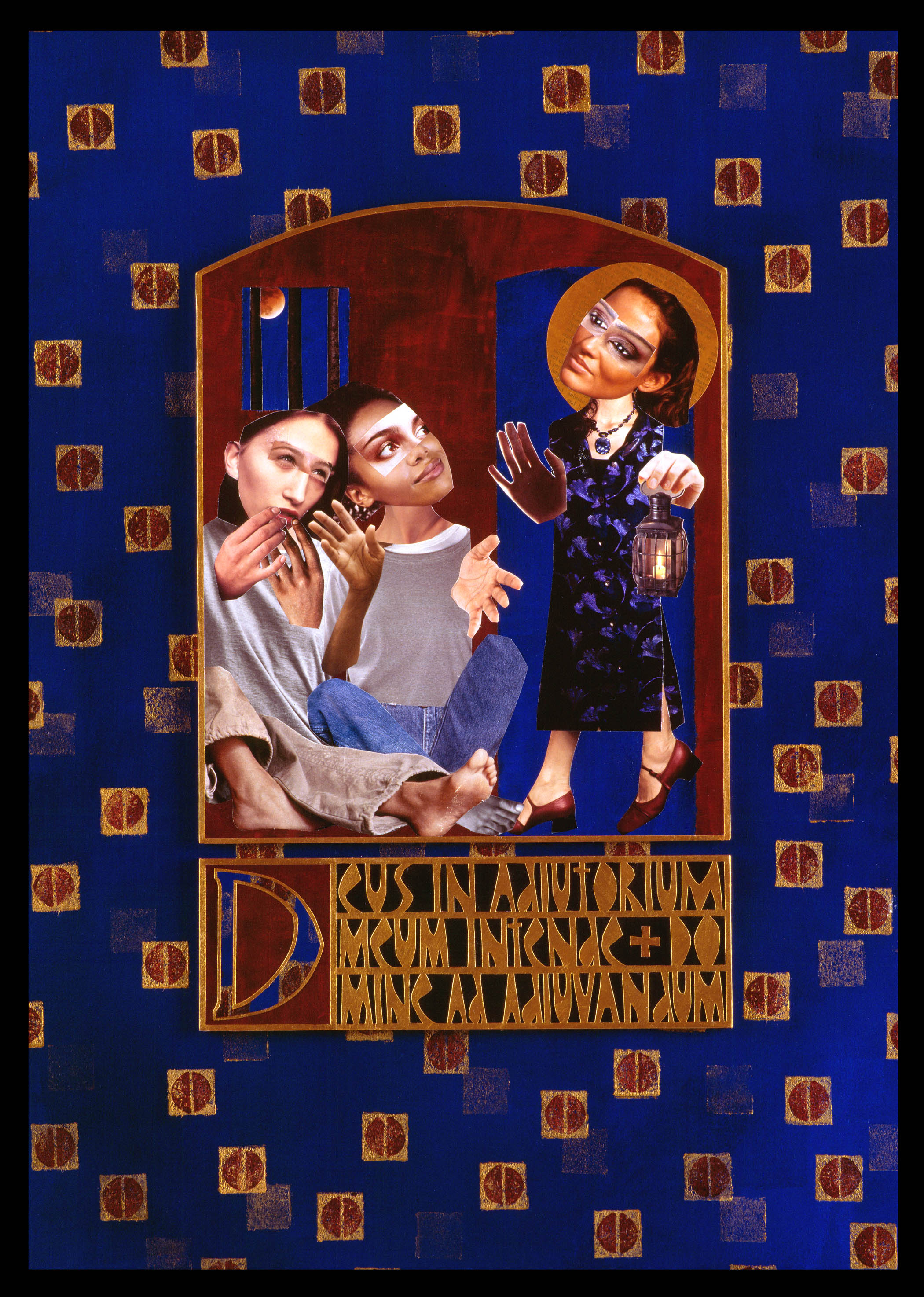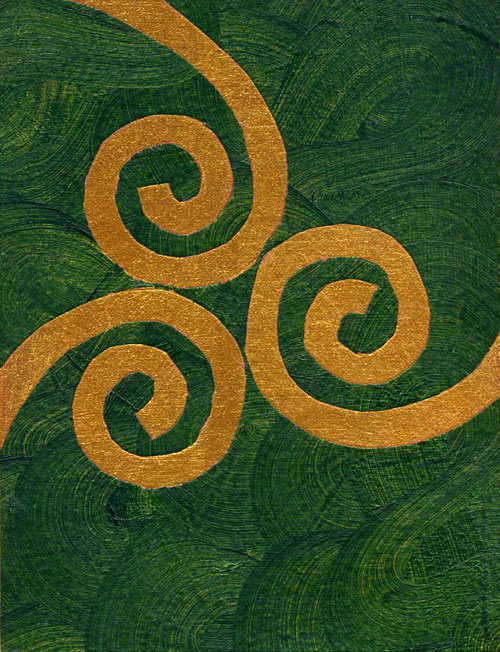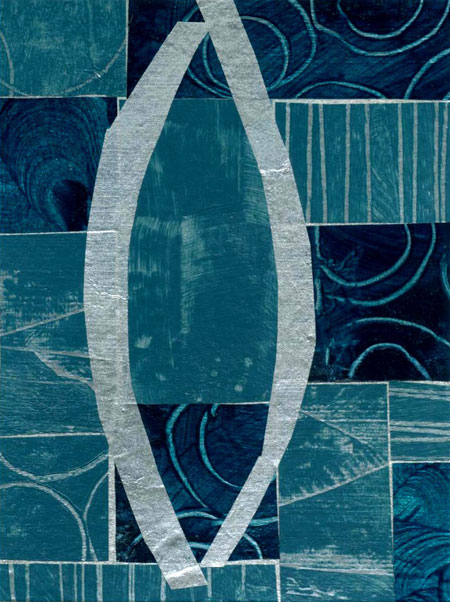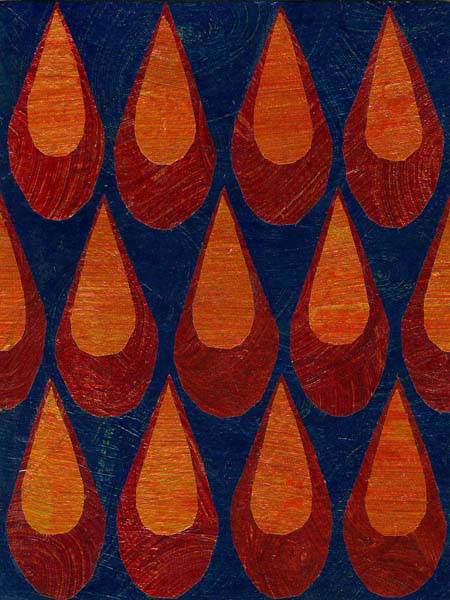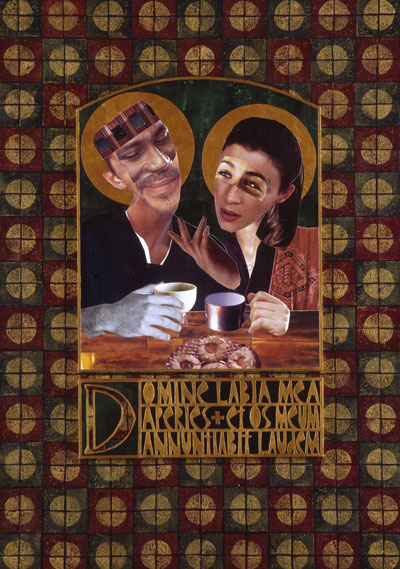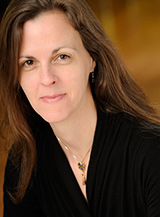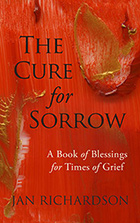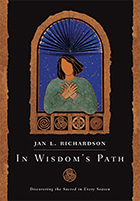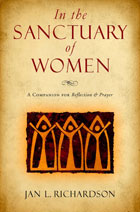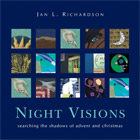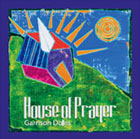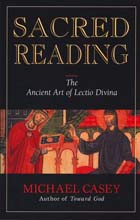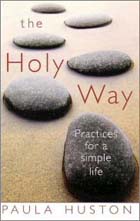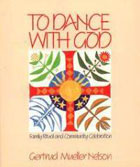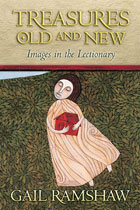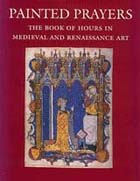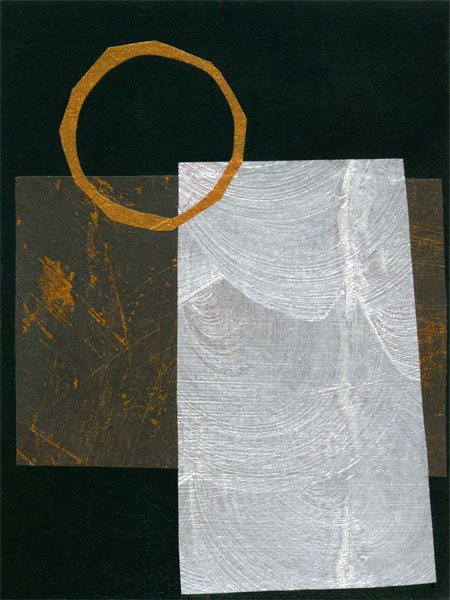 Image: Holy Thursday II © Jan Richardson
Image: Holy Thursday II © Jan Richardson
Reading from the Gospels, Holy/Maundy Thursday:
John 13.1-17, 31b-35
The story is told of St. Brigid, the beloved Celtic saint and leader of the early church in Ireland, that a man with leprosy came to her one day. Knowing the saint’s reputation for hospitality, the man says to Brigid, “For God’s sake, Brigid, give me a cow.” Brigid’s response suggests this man may have made a habit of such requests; though normally lavish with her generosity, Brigid tells the man to leave her alone. He persists.
Brigid asks the man how it might be if they prayed that God would heal him of his leprosy. “No,” the man tells her, “I get more this way than if I were clean.” Brigid, in her turn, persists with him, urging him to “take a blessing and be cleansed.” The man acknowledges he is indeed in much pain; he gives in and accepts the blessing and the gift of healing it brings. So great is his gratitude to Brigid—and to God—that he vows his devotion to Brigid and pledges to be her servant and woodman.
Sometimes it can be daunting to receive a blessing. As this man with leprosy recognized, a blessing requires something of us. It does not leave us unchanged. A blessing offers us a glimpse of the wholeness that God desires for us and for the world, and it beckons us to move in the direction of this wholeness. It calls us to let go of what hinders us, to cease clinging to the habits and ways of being that may have become comfortable but that keep us less than whole.
This can take some work.
Part of the challenge involved with a blessing is that receiving it actually places us for a time in the position of doing no work—of simply allowing it to come. For those who are accustomed to constantly doing and giving and serving, being asked to stop and receive can cause great discomfort. To receive a blessing, we have to give up some of our control. We cannot direct how the blessing will come, and we cannot define where the blessing will take us. We have to let it do its own work in us, beyond our ability to chart its course.
On the night that Jesus takes up his basin and towel and begins to wash the feet of his disciples, Simon Peter learns how difficult and how wondrous it can be to “take a blessing,” as Brigid put it. He resists, then allows himself to receive, the grace of it dripping from his toes.
This blessing will indeed require something of Simon Peter and of his fellow disciples. When Jesus has finished the washing, put on his robe, put away his towel and bowl, he turns to them and says, “Do you know what I have done to you?…If I, your Lord and Teacher, have washed your feet, you also ought to wash one another’s feet. For I have set you an example, that you also should do as I have done to you. Very truly, I tell you,” Jesus continues, “servants are not greater than their master, nor are messengers greater than the one who sent them. If you know these things, you are blessed if you do them.”
You are blessed if you do them.
A blessing is not finished until we let it do its work within us and then pass it along, an offering grounded in the love that Jesus goes on to speak of this night. Yet we cannot do this—as the disciples could not do this—until we first allow ourselves to simply receive the blessing as it is offered: as gift, as promise, as sign of a world made whole.
During this Holy Week, I am offering a series of blessings for Holy Thursday, Good Friday, Holy Saturday, and Easter Sunday. As we move through these days, may these blessings come as gift, as grace. In this week, may we take a blessing, and become one in turn.
Blessing You Cannot Turn Back
For Holy Thursday
As if you could
stop this blessing
from washing
over you.
As if you could
turn it back,
could return it
from your body
to the bowl,
from the bowl
to the pitcher,
from the pitcher
to the hand
that set this blessing
on its way.
As if you could
change the course
by which this blessing
flows.
As if you could
control how it
pours over you—
unbidden,
unsought,
unasked,
yet startling
in the way
it matches the need
you did not know
you had.
As if you could
become undrenched.
As if you could
resist gathering it up
in your two hands
and letting your body
follow the arc
this blessing makes.
—Jan Richardson
2016 update: “Blessing You Cannot Turn Back” appears in my new book Circle of Grace: A Book of Blessings for the Seasons.
P.S. For an earlier reflection for Holy Thursday, visit Holy Thursday: Feet and Food. I am also offering daily reflections at the Sanctuary of Women blog, where this week we’re traveling in the company of the women of Holy Week and Easter.
[To use the “Holy Thursday II” image, please visit this page at janrichardsonimages.com. Your use of janrichardsonimages.com helps make the ministry of The Painted Prayerbook possible. Thank you!]
